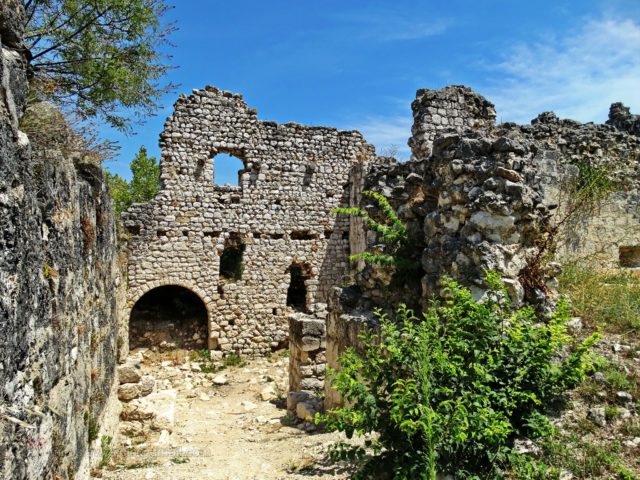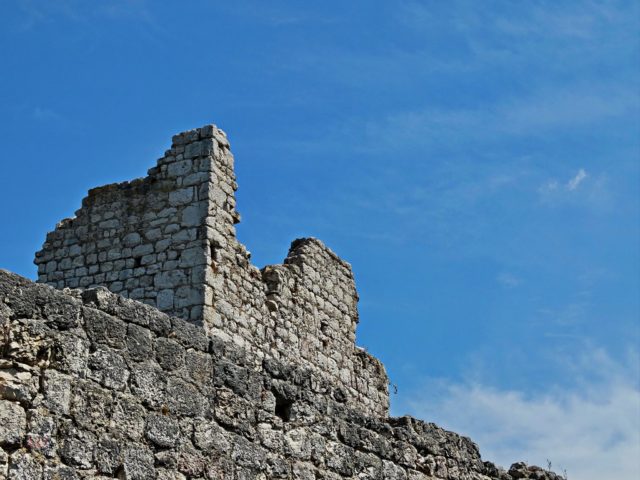Despite being a small rural settlement in the district of Zadar, Croatia, the village of Vrana has got a rich history behind it and was once considered a politically crucial town.
The village is located one kilometer (just over half a mile) north of Vrana Lake, the largest freshwater lake in the country.
The history of Vrana dates back to the 11th century. Throughout history, the village has been closely associated with religious communities that occupied the area at various times, such as the Benedictines, the Knights Templars, and the Knights Hospitallers.

In 1076, the King of Croatia donated the settlement of Vrana to Pope Gregory VII as a sign of his fidelity. It was particularly significant as the monastery there was dedicated to St Gregory. It had been founded by the Hungarian king Béla II.
After that, Vrana became the main headquarters of the papal deputies in that region. As a result, the settlement developed into the center of the political life of Croatia. The monastery even held the crowns of the Croatian kings. The nearest royal residence was Biograd.

In the second half of the 12th century, during the Crusades, the Knights Templar arrived in Croatia. Their main task was to patrol the roads and protect pilgrims making their way through the country to the Holy Land.
By the end of the century, the Knights Templar owned many lands, including Vrana which had been gifted to them. In 1168, the Templars set about strengthening the monastery by building a tower, a bridge, and a moat, essentially turning it into a defensible castle.
There was a local legend that the Knights Templar buried treasure in Vrana, but no one has found it yet.

In 1312, after the Knights Templar were repressed, everything in that area became the property of the Knights Hospitalier. Vrana became one of their bases of power on the coast of Croatia.
The Order of Hospitaliers made the monastery into their priory, and so from the mid-14th century onwards, it was referred to as the Priory of Vrana. By the end of the 15th century, 2,400 households were paying taxes to the priory.

In the middle of the 16th century, the city was conquered by the Ottoman Empire and was under their rule for a century. A lot of the residents, as well as the Hospitaliers, began to abandon the city in favor of nearby islands.
The Republic of Venice entered the war and captured Vrana in 1647. However, the Venetians were not particularly interested in this location and decided that they’d rather destroy the priory than garrison it.
After that, the whole area was allowed to fall into decline. Eventually, only parts of the walls and watchtowers that the Knights Templar built remained standing.
Miroslav Vajdić is very passionate about photography, a fact illustrated by his huge portfolio. He has got an amazing collection of his pictures on his Flickr account and Facebook page. A big thank you to him for sharing some of his Vrana photographs with us.










The Derelict Castle of Tremblestown Now Used to House Farm Animals

